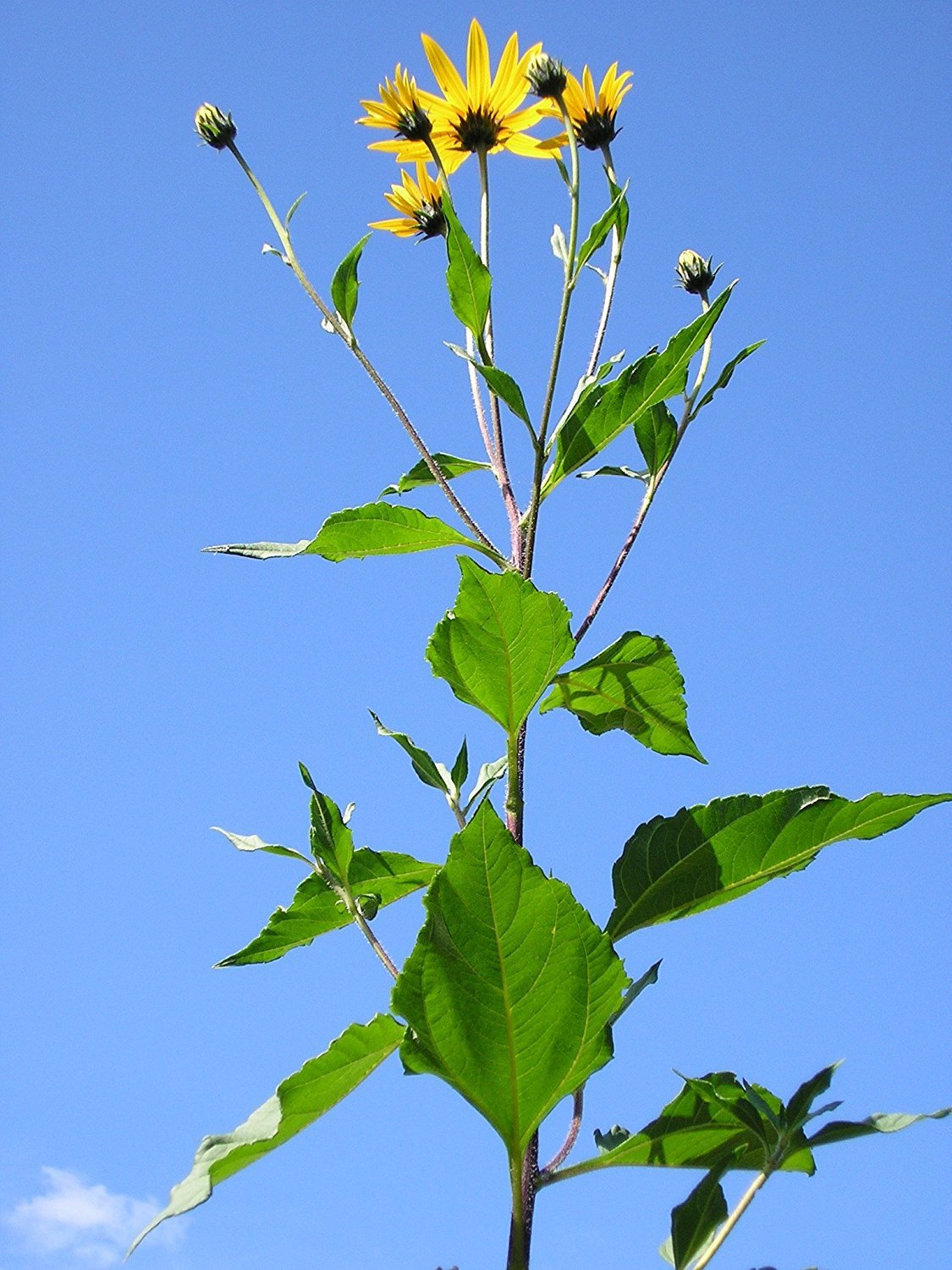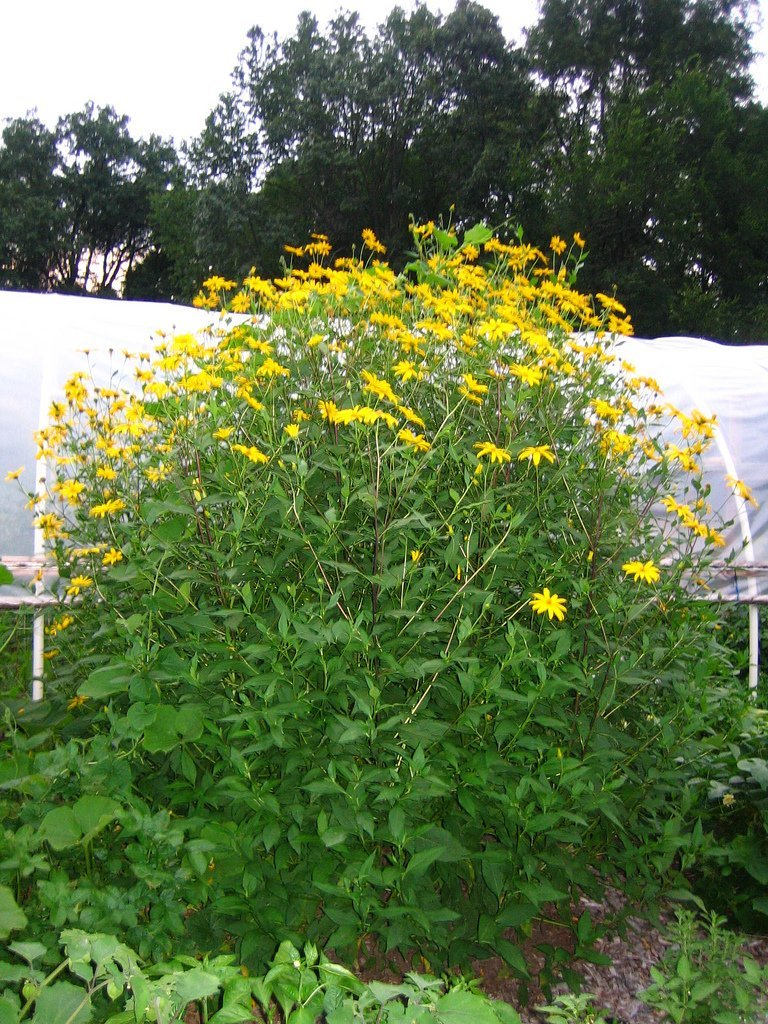Jerusalem Artichoke Grab Bag: an assortment of individual tubers of our currently available varieties
Jerusalem Artichoke Grab Bag: an assortment of individual tubers of our currently available varieties
Couldn't load pickup availability
Depending on the varieties available and the number of tubers you order, you may or may not receive more than 1 of some or all of our varieties.
The Jerusalem artichoke (Helianthus tuberosus), also called sunroot, sunchoke, earth apple or topinambour, is a species of sunflower native to eastern North America, and found from eastern Canada and Maine west to North Dakota, and south to northern Florida and Texas. It is also cultivated widely across the temperate zone for its tuber, which is used as a root vegetable
The flowers are yellow and produced in capitate flowerheads, which are 5–10 centimetres (2.0–3.9 in) in diameter, with 10–20 ray florets. The tubers are elongated and uneven, typically 7.5–10 centimetres (3.0–3.9 in) long and 3–5 centimetres (1.2–2.0 in) thick, and vaguely resembling ginger root, with a crisp texture when raw. They vary in color from pale brown to white, red, or purple. The artichoke contains about 10% protein, no oil, and a surprising lack of starch
The tubers are sometimes used as a substitute for potatoes:they have a similar consistency, and in their raw form have a similar texture, but a sweeter, nuttier flavor; raw and sliced thinly, they are fit for a salad.
In Baden-Württemberg, Germany, over 90% of the Jerusalem artichoke crop is used to produce a spirit called "Topinambur", "Topi" or "Rossler". By the end of the 19th-century Jerusalem artichokes were being used in Baden to make a spirit called "Jerusalem artichoke brandy," "Jerusalem artichoke", "Topi", "Erdäpfler" "Rossler" or "Borbel."
Jerusalem artichoke brandy smells fruity and has a slight nutty-sweet flavour. It is characterised by an intense pleasing earthy note. The tubers are washed and dried in an oven before being fermented and distilled. It can be further refined to make "red rossler" by adding Common Tormentil, and other ingredients such as currants, to produce a somewhat bitter and astringent decoction. It is used as digestif as well as a remedy for diarrhea or abdominal pain.
Plant sunchokes in full sun. The sunchoke prefers loose, well-drained soil but will grow almost anywhere. Add aged compost or sand to planting beds before planting; loose soil will make tuber harvesting easier. The sunchoke prefers a soil pH from 5.8 to 6.2. It is best to set sunchokes in a dedicated bed as they will sprout each year in the same spot. The sunchoke can be planted densely to form a screen or windbreak.
Sunchoke tubers can be planted in the spring as early as 2 to 3 weeks before the average last frost date. They can also be planted in the fall or any time the soil can be worked. 2-4 inches of mulch will help the tubers survive freezing temperatures. Sunchokes require 110 to 150 days to reach harvest. Sunchokes grow best in temperatures ranging from 65° to 90°F.
Plant sunchoke tubers 2 to 6 inches deep, 12 to 18 inches apart. Space rows 36 to rows inches apart.
Sunchokes grow best with an even, regular supply of water but can survive long periods of drought once established. Sunchokes require no extra feeding; they grow best in soil rich in organic matter.
Harvest sunchokes after the foliage has died back in late fall or winter. Tubers put on most of their weight during late fall so digging early will produce very small tubers.
Companion plants. Corn, rhubarb, peanuts. Avoid planting sunchokes with tomatoes.
Share







